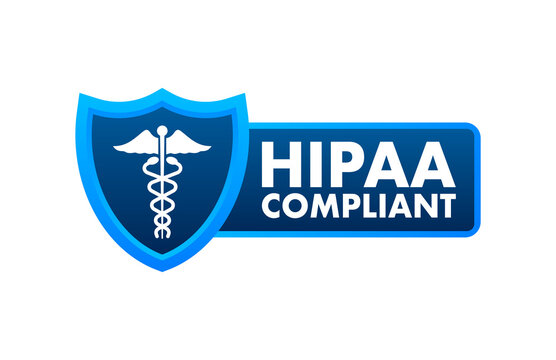Picture this: You’re playing weekend basketball, jump for an epic shot, and land weird. Suddenly, your ankle feels like it’s on fire, and you can barely put weight on it. Is this just a bad sprain, or something worse? Your mind races through a million scary scenarios.
Understanding bone injuries isn’t just for doctors – it’s something everyone should know. In the next few minutes, we’ll break down exactly how to tell if you’ve got a serious problem, and most importantly, what steps you need to take to get proper treatment.
Table of Contents
ToggleWhat Actually Counts as a Broken Bone?
Let’s clarify something that throws plenty of folks for a loop: the distinction (if any) between a “fracture” and a “break.” Spoiler alert: There isn’t one. These are simply two different terms that doctors use to label the same event.
When you have a fracture or a break, it means that some bone has been hurt, either cracked, dented, or left in two or more completely parted sections.
And do you know what? Some people seem to get a kick out of equating fracture with wussy term and break with something you’re likely to see in slow motion on an NFL highlight reel.
Top 5 Signs You Might Have a Broken Bone
First of all, pain. But it’s not just any pain. We’re diving into a sharp, shooting sensation that’s a world apart from a typical bump or bruise. This isn’t your ordinary niggle-it’s a “something is definitely wrong” kind of pain that practically beams “emergency” in neon letters. It makes you stop whatever you’re doing and focus, because it clearly wants your full attention.
Another major red flag is swelling. And we’re not talking about slight puffiness. This is intense, quick swelling that seems to expand faster than you’d expect from a mere injury. When one of your body parts starts to appear significantly larger or more inflamed than usual, it’s time to take a closer look.
It’s tough to overlook changes in appearance. If a part of your body suddenly looks like it’s at a strange angle or seems to be formed in an uncharacteristic way, that’s a pretty easy indication to read: Something’s wrong.
Your arm shouldn’t look like it’s trying to do an impossible yoga pose, right? And if any of your limbs were trying for such a contorted position, you’d definitely have a good reason to suspect bone damage.
You May Like To Read: Should I Go To Urgent Care For A Severe Cough?
There is no more obvious an indicator of an injury than the sound of a crack or a snap. It is a clear sign that something has been seriously damaged.
That bone-chilling noise (again, pun intended) can happen during a serious injury. And if you hear that noise and are not near a tree that’s breaking, then you should probably be seeing a doctor.
Finally, total inability to move the injured area is a huge red flag. If you can’t budge it without feeling severe pain, that’s a sign you’re in some serious kind of trouble.
A typical injury might cause a lot of discomfort, but nothing like what you’d experience if you had a broken bone. And you should be able to move a normal injured limb even a little bit, if only to facilitate getting yourself to safety.
Can Urgent Care Actually Help with Bone Injuries?
The average person thinks of urgent care as a place for treating small cuts and common colds. What most of us don’t realize is this: many facilities that go by the name “urgent care” are surprisingly well equipped to begin the assessment of more serious injuries-like broken bones.
“We do quite a few x-rays,” says Ed Schuyler, a PA-C at an urgent care center in Orlando. “We can obviously do initial pain management and determine if it’s necessary to refer you to an orthopedic surgeon.”
Most simple fractures can be treated at these centers, especially if the broken bone in question is a small one like a finger or toe. They handle straightforward cases and evaluate injuries that don’t appear too complex.
They also take and read necessary imaging. After that, they mostly decide on what treatment to render. A sizable fraction of the time, this centers around a referral to an orthopedist.
When You Absolutely MUST Go to the ER
Certain bone injuries are far too severe for immediate care, and it is essential to discern which types fall into this category. The more obvious signs need no further explanation: if you can see the bone through the skin or if there is a significant amount of blood loss, those clear-cut conditions demand an equally clear-cut decision to go to the ER.
Similarly, if you’ve sustained an obvious injury from a high-impact source (like a car or a wall), your bones in general and your skeletal system in particular can probably expect some serious upheaval.
Injuries close to major joints, indications of nerve damage, or fractures in places such as the skull, spine, or pelvis are other key indicators that a patient needs to go to the ER.
These sophisticated injuries need immediate, specialized medical attention-something urgent care centers aren’t set up to provide. If you’re in the Orlando area and need immediate medical attention, consider visiting our location on Google Maps.
Final Words
Bone injuries are scary, but knowledge is power. By understanding the signs and knowing your treatment options, you can stay calm and get the right help fast.



